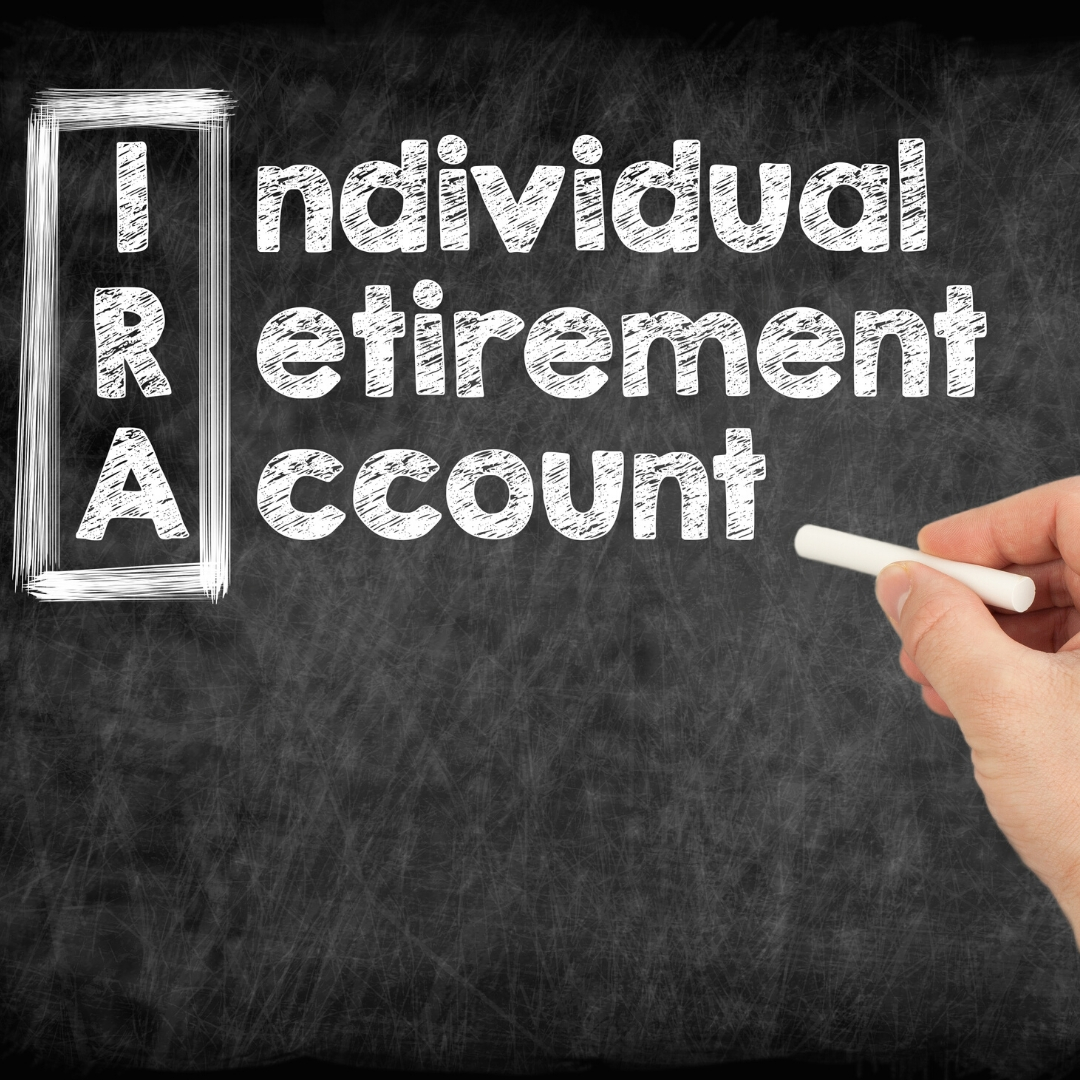Like we talked about last week, getting an IRA and how many of them are handled for tax purposes is generally tax free. But if you inherit an IRA, the income that you receive from that may be taxable to you. Like we talked about last week, Roth IRAs—no, but traditional IRAs—that’s going to be taxable to you. And those inherited IRAs are subject to distribution requirements that depend on what your relationship was to that person that passed away.
So why would that make a difference?
Because beneficiaries really fall into three categories. They fall in the category of:
- The surviving spouse.
- A non-spouse, but still related (like a child or sibling; it could be a friend, also).
- And then the third category is things like trusts, estates and maybe you’re giving your money away to a not-for-profit.
So let’s start with spouses, since I assume that is most common.
It is. And so the surviving spouse essentially has two options.
- They can roll the IRA assets into their existing IRA. And what happens there is then they can start to take the minimum required distribution at age 72 when they turn 72—just like normal. The problem with this, though, is that if that person decides that they want to take some money out before 59 ½, then the 10 percent penalty is going to apply.
- So that’s why there’s a second option, which is transferring those funds to what’s called an inherited IRA. The inherited IRA, in that case, is not subject to the 10 percent penalty. So no matter what age you take it out, all you’re doing is you’re picking up income tax, not any kind of penalties.
So what about non-spouses, then?
So non-spouses—like I mentioned earlier, those rules have changed. So what happens for a person that passed away in 2020 or after is these assets have to be set up as inherited IRAs. They don’t have the option of what the spouse can do and just put it into their existing IRA; they have to set up a separate IRA.
And then they have to take that money out within 10 years of when it goes in. It can be any time—there’s no annual requirements—but they have to take it out sometime within that 10-year period: All on day one, or all on the last day or somewhere in the middle.
Now, lastly, then, what about trusts, estates or even (as we mentioned earlier) nonprofits?
So that depends on when the person passed away.
So if the person was 72 or older when they passed away, then the distributions that go to these trusts, estates or nonprofits can be made essentially under the same schedule as the person that passed away would have had to have taken them out—you know, after age 72.
But if the person’s under age 72, then no matter where it goes, those assets have to be out of that IRA within five years.
It is so important for people to plan ahead and plan appropriately.
It is. Because if you think about it, if you can take it out over a longer period of time if you don’t need it and you can really stretch that tax liability out over a number of years, it’s only going to save you money. You know, why take it out the first year when you can take it out when it’s convenient and when it’s tax efficient for you.
This, I would imagine, can be very complicated.
It really is. You know, some people think it’s pretty straightforward, but it is definitely complicated.





